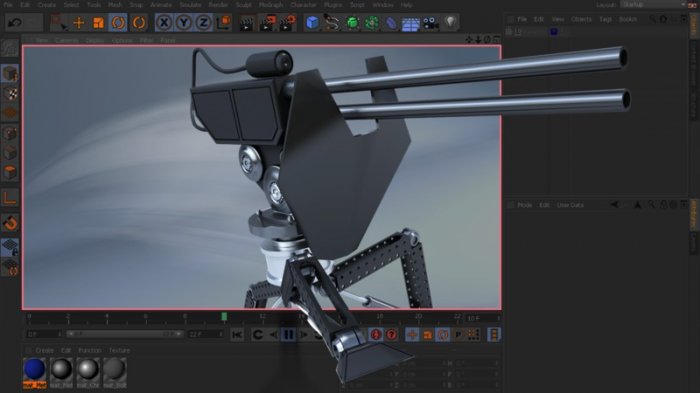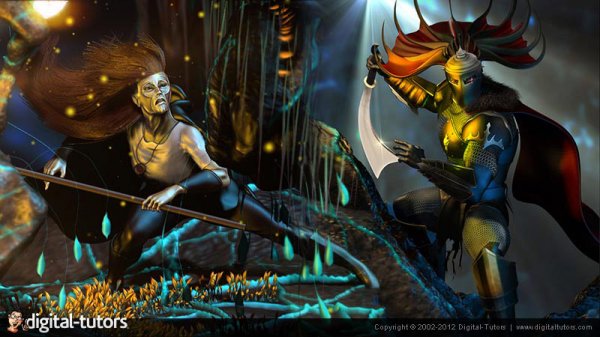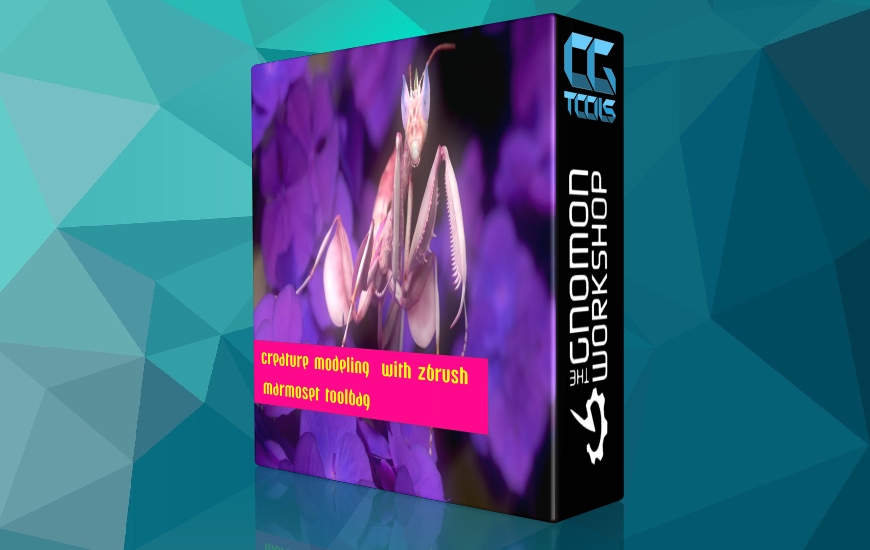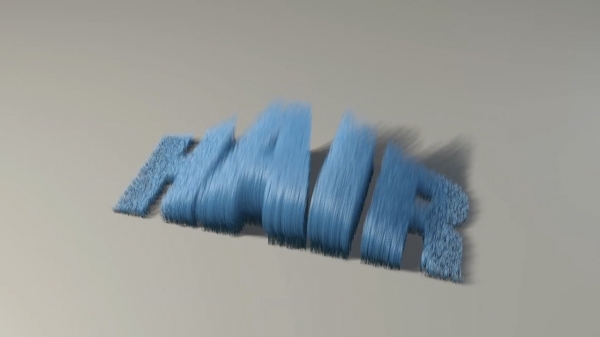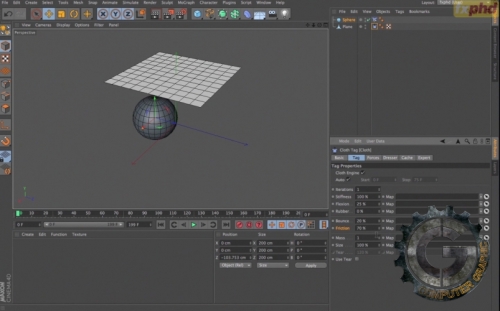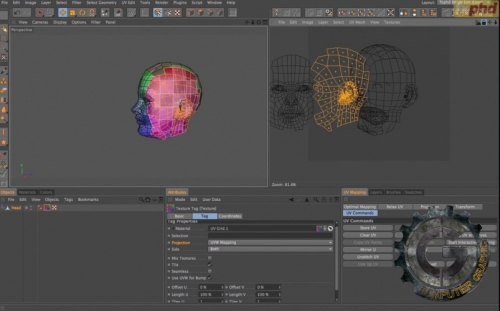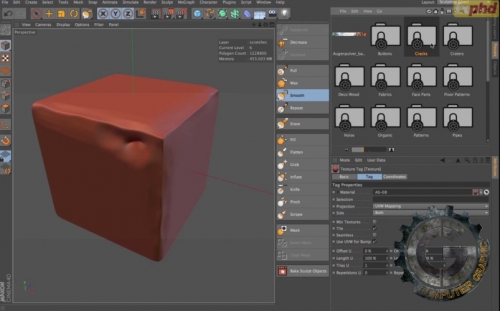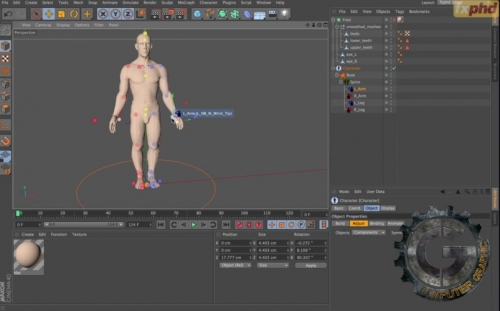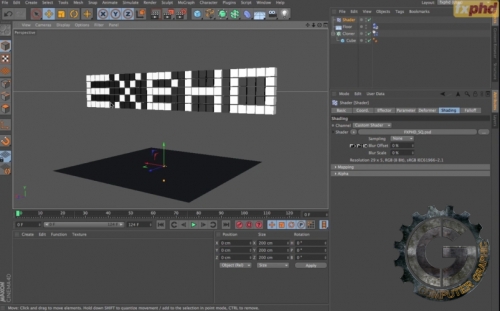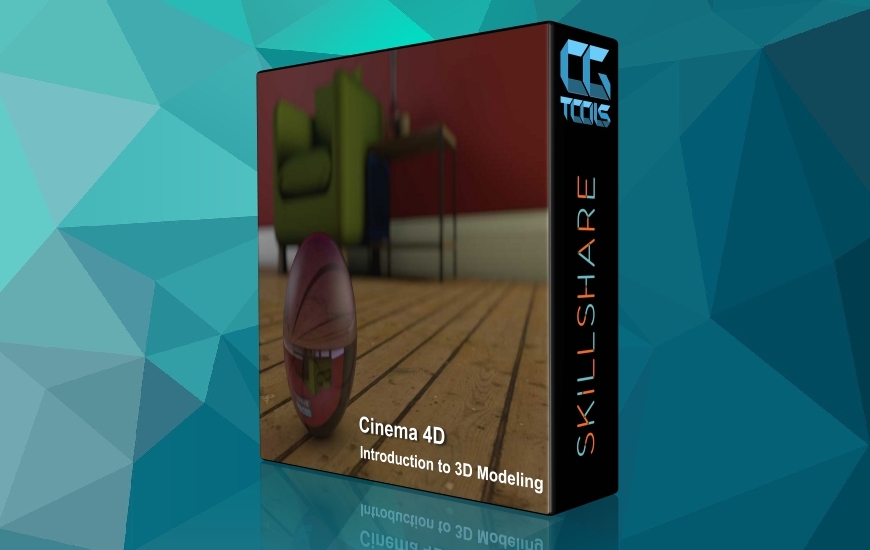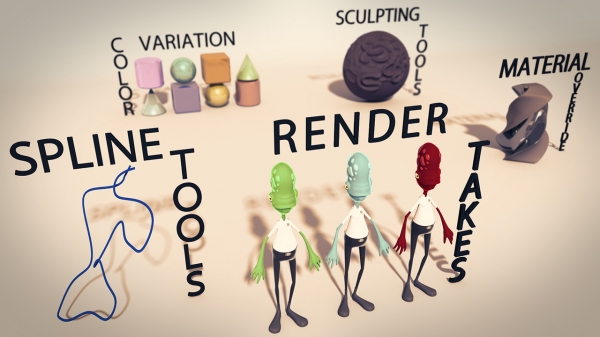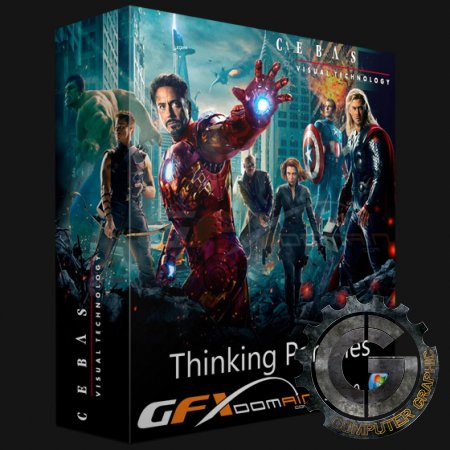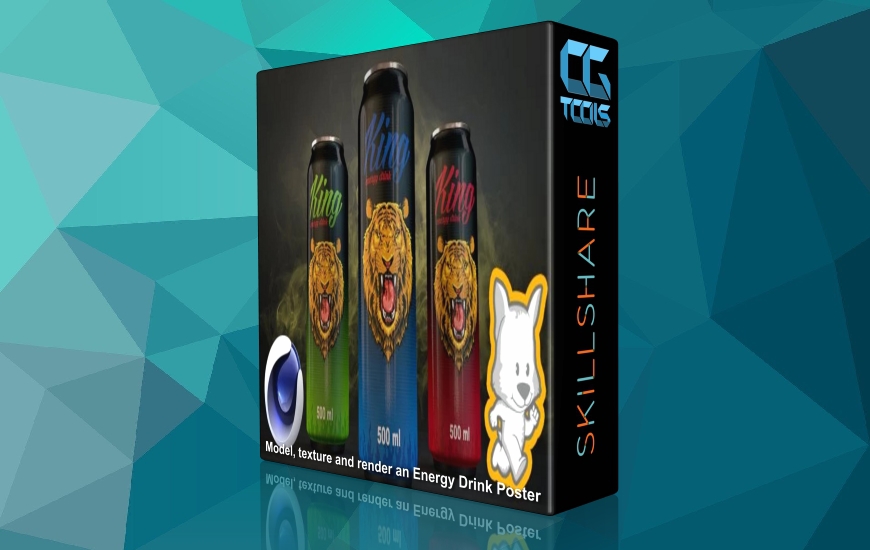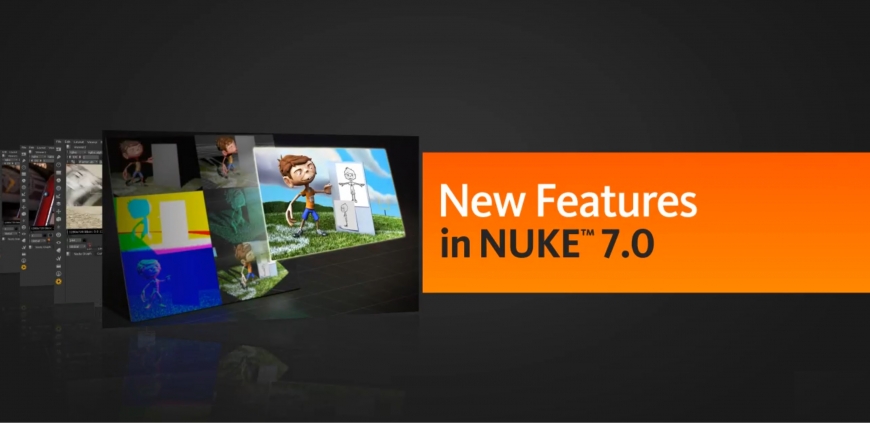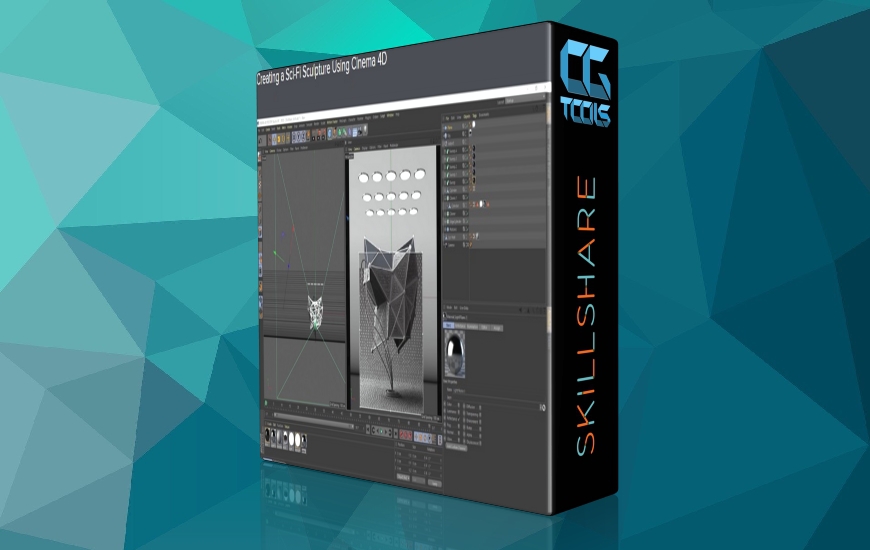![]()
در فصل دوم از این دوره آموزشی، مدرس Tim Clapham نحوه گسترش پایه، اساس و متدهای مختلف را برای کار با نسخه جدید و ارائه مقدمه ای جامع برای استفاده از ماژول های اضافی موجود در نسخه های را آموزش میدهد. او در این دوره شما را به سرعت با ابزارهای مختلف و حیاتی برای کار در زمینه های مختلف آشنا میسازد و همچنین به آموزش تکینیک های انیمیشن، بافت، رندر، پارچه، مو، دینامیک، مجسمه سازی، UV، بافت دهی و بسیاری دیگر در جهت بهبود گردش کار در نرم افزار میپردازد.
مشاهده توضیحاتــ انگلیسی
Tim Clapham returns with a new term working with Cinema4D R14. Aimed at new or seasoned users who are unfamiliar with the complete toolset offered in Cinema4D. This course compliments C4D103 - Introduction To Cinema4D R14 Part 1, expanding upon the foundation of methods for working with the Prime version of the application and offering a comprehensive introduction to the additional modules available in the Broadcast, Visualise and Studio versions of the application.Understanding the vast array of complex features available is essential for any 3D artist wishing to use Cinema4D in commercial production. This course will bring you up to speed with tools crucial for fulfilling this demanding role. Tim will offer insight into assorted techniques applicable to the core application including working with animation, textures, rendering and a myriad of workflow enhancing tips.Alongside exploration of many principle techniques applicable to the core application you will also discover the fundamental concepts of working with other features such as Cloth, Hair and Dynamics. You will examine alternative rendering approaches such as non-photo realistic rendering with Sketch and Toon. Discover the essentials required for getting started with Sculpting your models and establish a solid understanding of the UV and texture painting toolkit available as part of Bodypaint3D.C4D104 is the perfect companion to new users who have taken or are taking C4D103 and will offer you a deeper understanding of the complex and powerful features available within Cinema4D. For users already experienced with the Prime version of C4D, this course will expand upon your existing skills giving you confidence to access the complete collection of feature rich modules available in alternative versions.
course syllabus
CLASS 1
Introduction to the Hair Module. Using the Hair Object. Styling hair and working with the Hair Material. Cloning objects with Hair. Animation techniques with Hair Dynamics.
CLASS 2
Introduction to the Cinema4D cloth module. Exploring the Cloth Tag parameters. Cloth collisions with regular objects. Using ClothNURBS for smoothing and thickness. Belting Cloth to Polygon objects. Working with Cloth Cache and Point Cache.
CLASS 3
Working with the Sketch and Toon module to create Non-Photorealistic Renders. Exploring the sketch render options. Sketching individual objects with unique materials. Creating your own custom preset line types for unique rendering options.
CLASS 4
Introducing Bodypaint 3D. Manipulating UVs and creating UV maps. This will cover different UVW projections, interactive mapping and the Bodypaint Setup Wizard.
CLASS 5
Painting textures with Bodypaint3D. Working with layers and filters. Multichannel brushes and Projection painting for seamless texture creation.
CLASS 6
Sculpting: Essential techniques for getting up and running with Sculpting. Using the various brushes available, steady stroke, stamps, masks and stencils. Working with the sculpting layers. Freezing your sculpt to apply deformation. Baking the sculpt to Normal and Displacement maps for optimal workflow.
CLASS 7
Using the C4D Character Features. This week we take a look at the Constraint Tag. Starting with an introduction to the basic settings with a PSR Constraint. We also cover Aim, Up Vector, Spring and Parent Constraints.
CLASS 8
Using the C4D Character Features. Introducing joints, weighting and the skin deformer. Deforming low resolution geometry with a dynamic IK joint chain and then using this with the mesh deformer to transfer the deformation over to high resolution meshes. Building a rig with the Character Object. Creating cyclic motion such as walk cycles with CMotion.
CLASS 9
Introducing Dynamics for Cinema4D. This week we look at working with Rigid Body Dynamics. Discussing the various collision methods available. Working with MoGraph and large number of dynamic clones. Using MoGraph Selections to control which clones are dynamic. Using connectors and springs to constrain dynamic objects
CLASS 10
Introducing Soft Body Dynamics. Looking at Soft Body Dynamics on single objects. Working with MoGraph and Soft Body of Clones. Tearing the Soft Body to break apart the Clones into individual elements. Using pressure to inflate soft bodies. Adding particle forces combined with various connector types to create unique deformation effects on soft bodies.




